Happy Earth Day from the NOAA Marine Debris Program! This week, also known as Earth Week, is centered around the theme of “Planet vs. Plastic”. As the U.S. Federal government’s lead for addressing marine debris, we compiled everything you need to know about plastic and its effects on the planet. There is a lot of information out there and we are “breaking down” some facts and common myths about plastic and marine debris.
FACT: Plastic is the most abundant type of marine debris in our ocean, Great Lakes, and waterways.
Plastic is made from synthetic or human-made organic compounds containing carbon, often made with petroleum, and can come in many shapes, sizes, and colors. There are seven common types of plastic. It is a flexible, lightweight, and inexpensive material that is used in products from food and beverage packaging and food ware, to electronics, construction materials, medical supplies, fishing gear, and clothing.
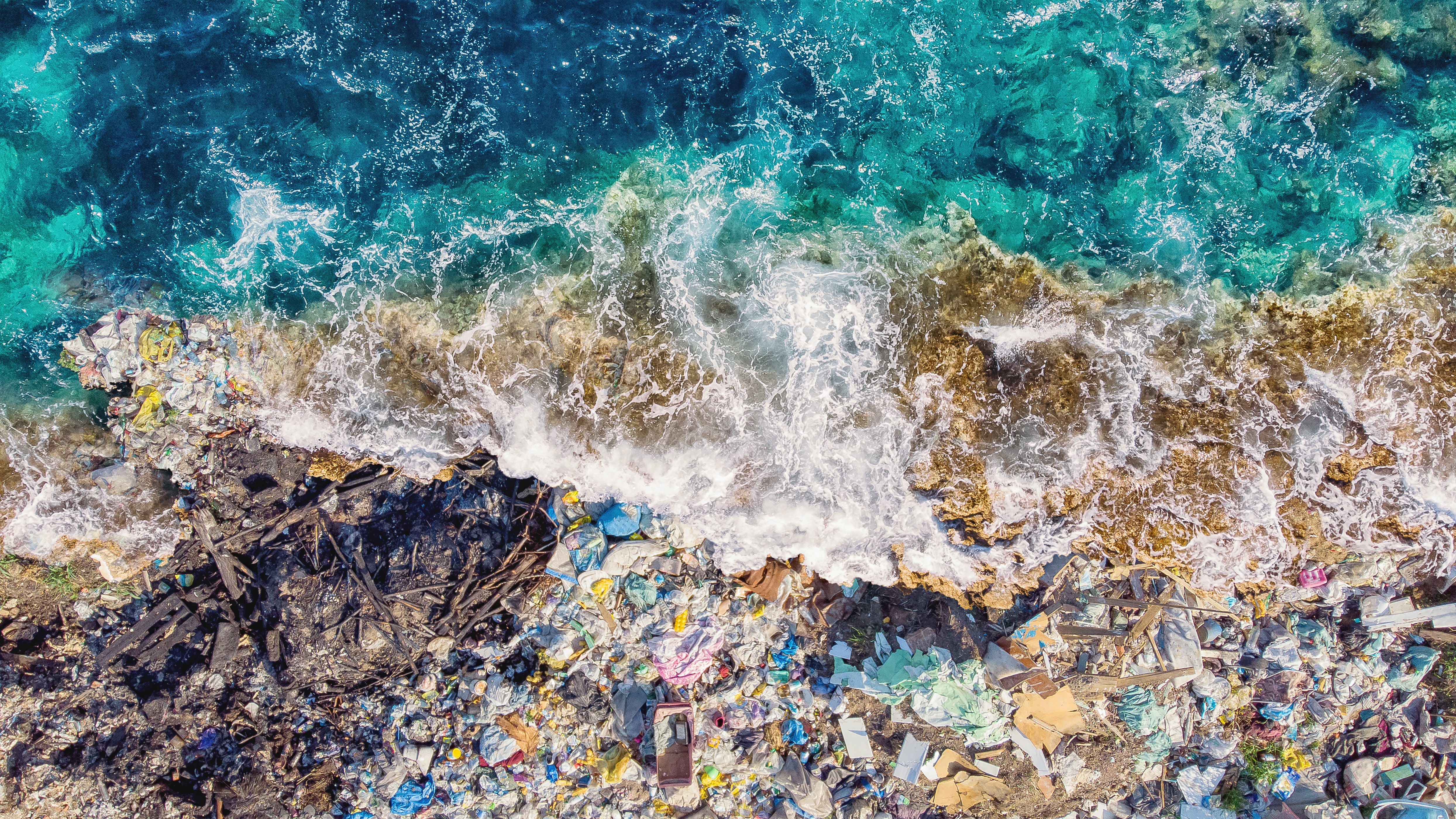
FACT: Microplastics are small plastic pieces or fibers that are smaller than 5 mm in size, or about the size of a pencil eraser and smaller.
There are many different types of microplastics, including beads, fragments, pellets, film, foam, and fibers. Microplastics are found throughout the ocean, from tropical waters to polar ice, fresh water, and the air we breathe. They have even been found in tap and bottled water, sea salt, and other products we eat or drink.
MYTH: There is a solid island of plastic in the ocean that is visible from space.
Many people believe that there is a floating island of trash in the Pacific Ocean. Although the Great Pacific Garbage Patch exists, the word “patch” is misleading, because in reality it is more like pepper flakes swirling in a soup with debris accumulating on the surface and all the way to the ocean floor. The debris ranges in size, from large abandoned fishing nets to tiny microplastics, spread out over large distances.
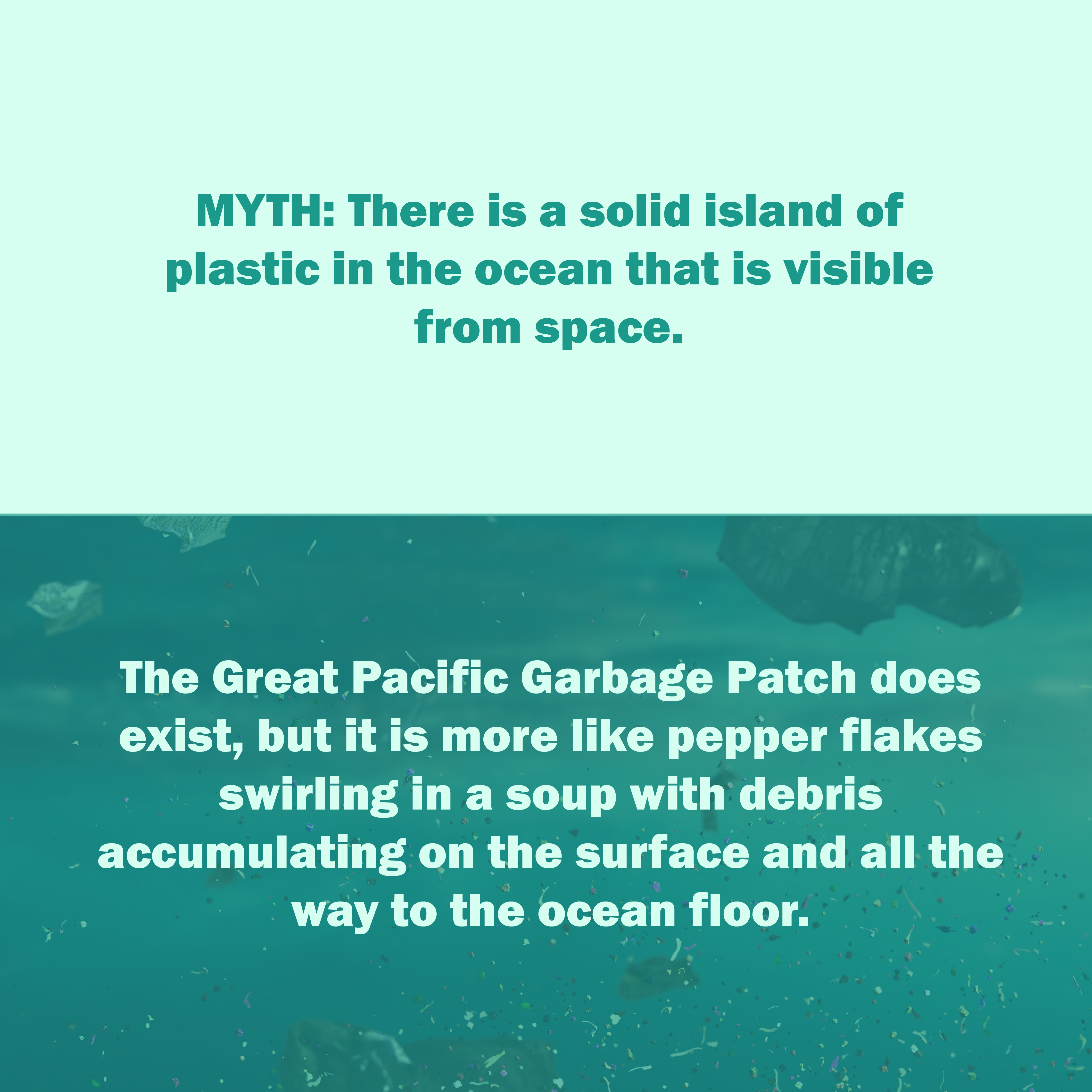
FACT: Plastic marine debris comes from people.
MYTH: 80% of plastic marine debris comes from activities on land, 20% comes from activities at sea.
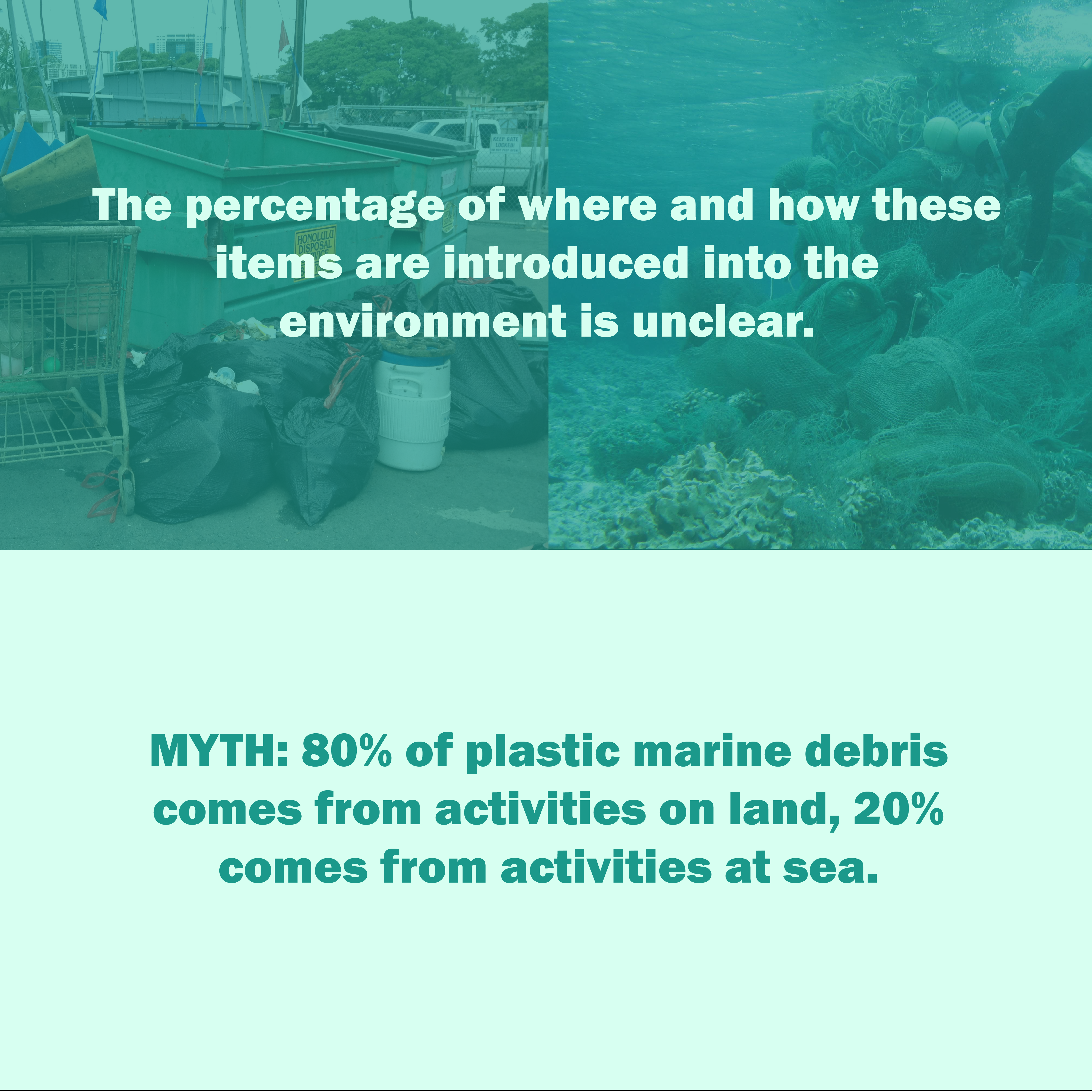
MYTH: It takes hundreds of years for plastic to break down and go away.
Although you may hear that it takes hundreds of years for some items to degrade, there are many different factors that can cause an item to break down quickly, or not at all! Exposure to sunlight, water, microorganisms, such as bacteria, fungi, and algae, the temperature of the environment, the amount of oxygen, and the location of an item can all contribute to how marine debris breaks down. Because plastics can come in so many different forms and with so many additives, it can be even more difficult to understand how long something made of plastic takes to degrade. In fact, some plastics may fragment into tinier and tinier pieces, and never fully go away.
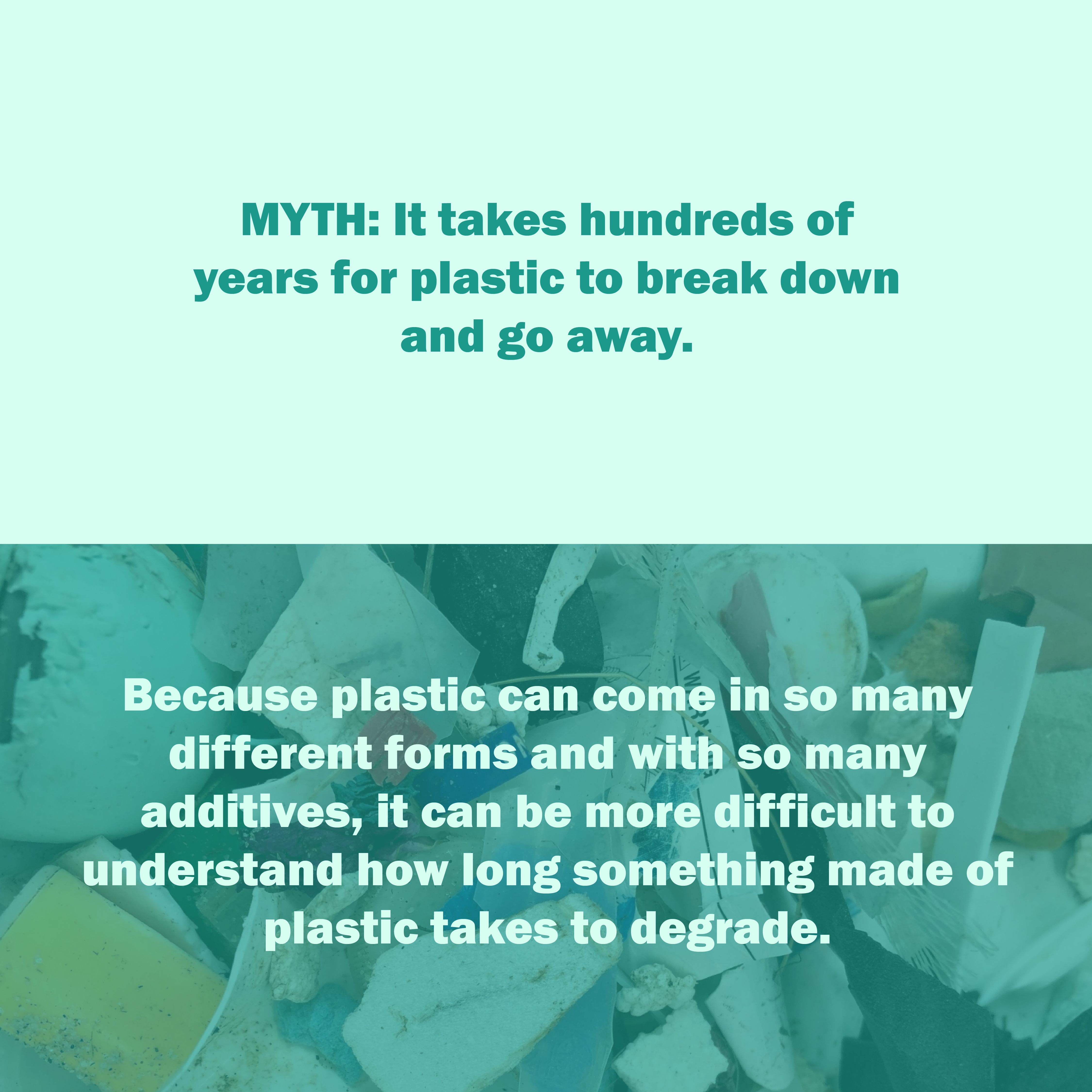
FACT: Plastic marine debris can cause problems for people, ecosystems, and our economy.
Plastic marine debris can impact wildlife by damaging habitats, entangling animals, and through ingestion. Some marine debris can even “pick up” hitchhikers and transport non-native species. The health of the environment is crucial for the health of our economy, as dirty beaches affect tourism and recreation. Watch TRASH TALK: Impacts of Marine Debris to understand more of why we need to keep our ocean and Great Lakes free of marine debris!
MYTH: Most plastic waste is recycled.
Recycling is one of the many solutions to the plastic problem. However, only a small percentage of plastic waste is recycled. From the most recent Environmental Protection Agency recycling report that was released in 2020 and uses data from 2018, the United States produced 292.4 million tons of municipal solid waste and about 24% of that waste was recycled. Specifically, the United States produced 35 million tons of plastic waste and only 8.7% of that was ultimately recycled. It is important to note that cardboard, paper, glass, metal etc. have higher rates of recycling. The best solution to the plastic problem is reducing, reusing, and refusing! Learn more about the suite of solutions and how you can help.
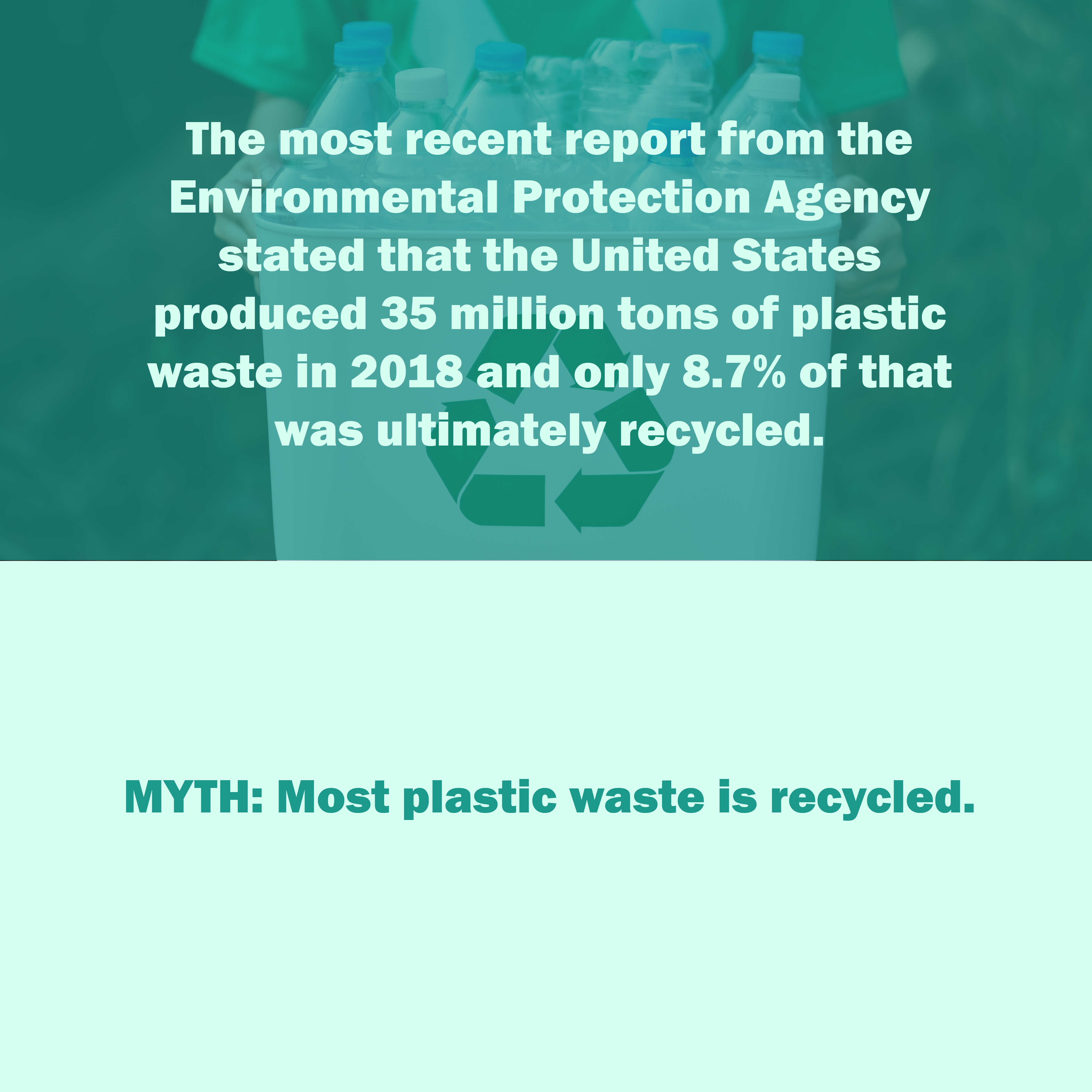
Understanding plastic and the problems that this material poses for our environment is an important way to increase stewardship for our planet. Every day is Earth Day as we work together to keep our planet free from plastic and our seas free from debris! Learn more about how to help.
